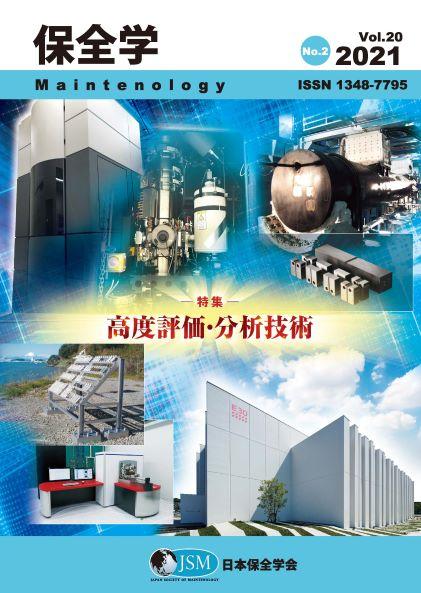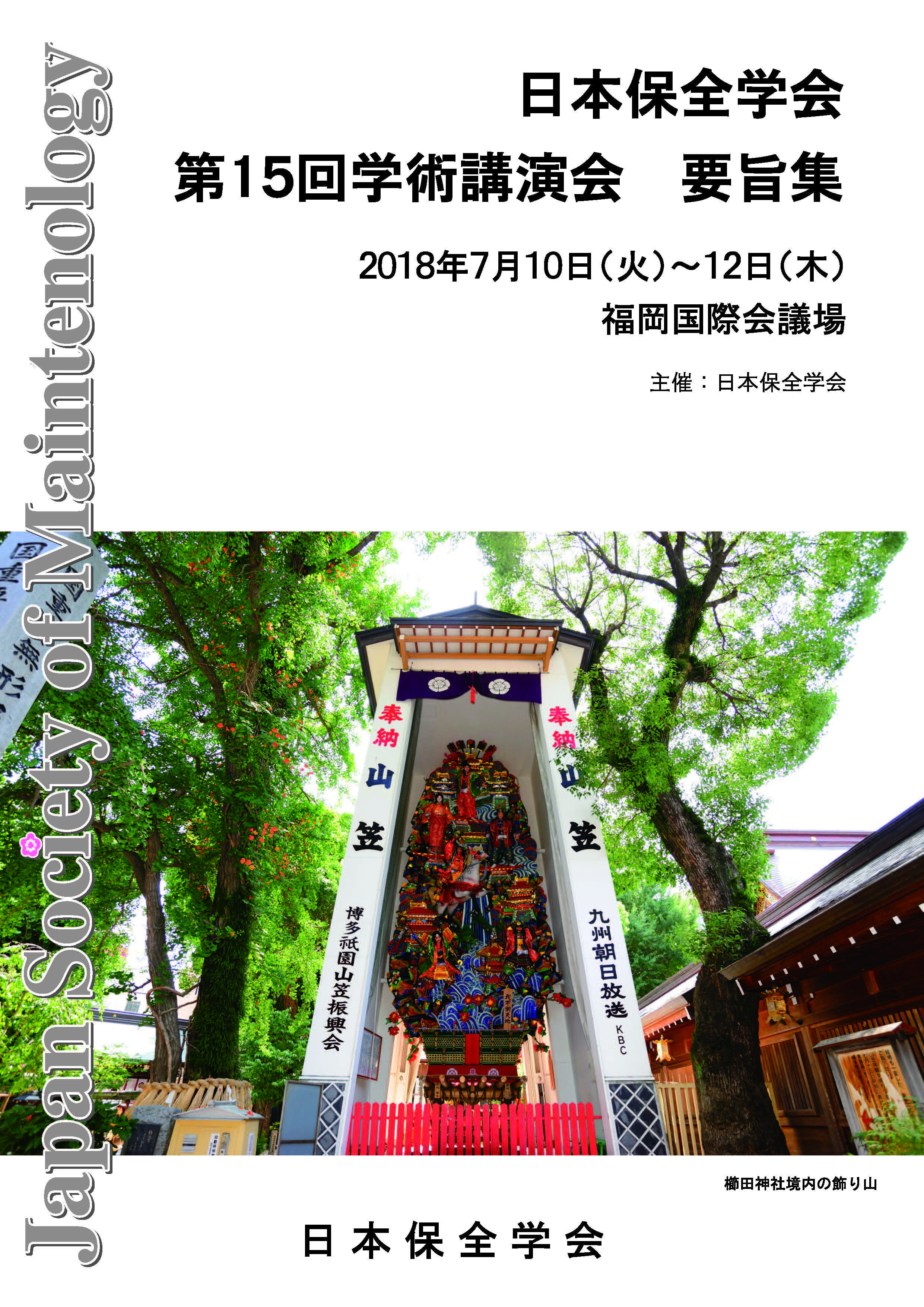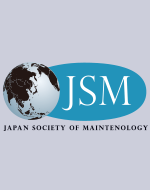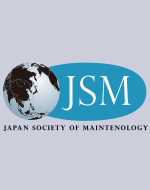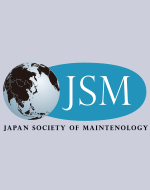軽水型原子炉給水用高精度超音波流量計の開発と現状
Current Status on High-accuracy Ultrasonic Flowmeter Development for FeedwaterFlow Rate Measurements in Light Water Reactors
著者:
森 治嗣 Michitsugu MORI 木倉 宏成 Hiroshige KIKURA 武田 靖 Yasushi TAKEDA
発刊日:
公開日:
AgingAsymmetric FlowFeedwater Flow RateFlow Profile FactorLWRUltrasonic Flowmeter
概要
The licensing processes on uprating of current light water reactors (LWRs) are classified into three categories by US NRC, one of which is the uprating by MU, Measurement Uncertainty Recapture, targeting the uprating up to 2%. MU is enabled by the measurement-accuracy improvement of a feedwater flowmeter with 0.5~1.7% without issues arising from safety matters and remodeling equipment. Time-of-flight type ultrasonic flowmeters have been widely used in industries. However, it has to be considered the traceability for the national standard to assure high accuracy of flowmeters. It can be found the differences of the flow condition and configuration between the flow standard and measurement position on-site, where the ‘Profile Factor' obtained from factory calibration tests at an ideal condition is not sufficient for correcting the meter reading. Flow profile factors (PF s), which adjust measurand to real flow rates, also strongly depend on flow profiles. Furthermore, as nuclear power plants are aging, readings of flowmeters for reactor feedwater systems drift due to the changes of flow profiles. We have conducted experiments to quantify the effects of flow patterns on the PFs due to pipe roughness and asymmetric flow, and the results of our experiments have shown the effects of elbows and pipe inner ro ughness, which strongly affect to the creation of the flow patterns. Those changes of flow patterns lead to large errors in measurements with transit time (time-of-flight: TOF) ultrasonic flow meters. In those experiments, changes of pipe roughness result in the changes of PFs with certain errors. Therefore, we must take into account those effects in order to measure the flow rates of feedwater with high accuracy in actual power plants.
